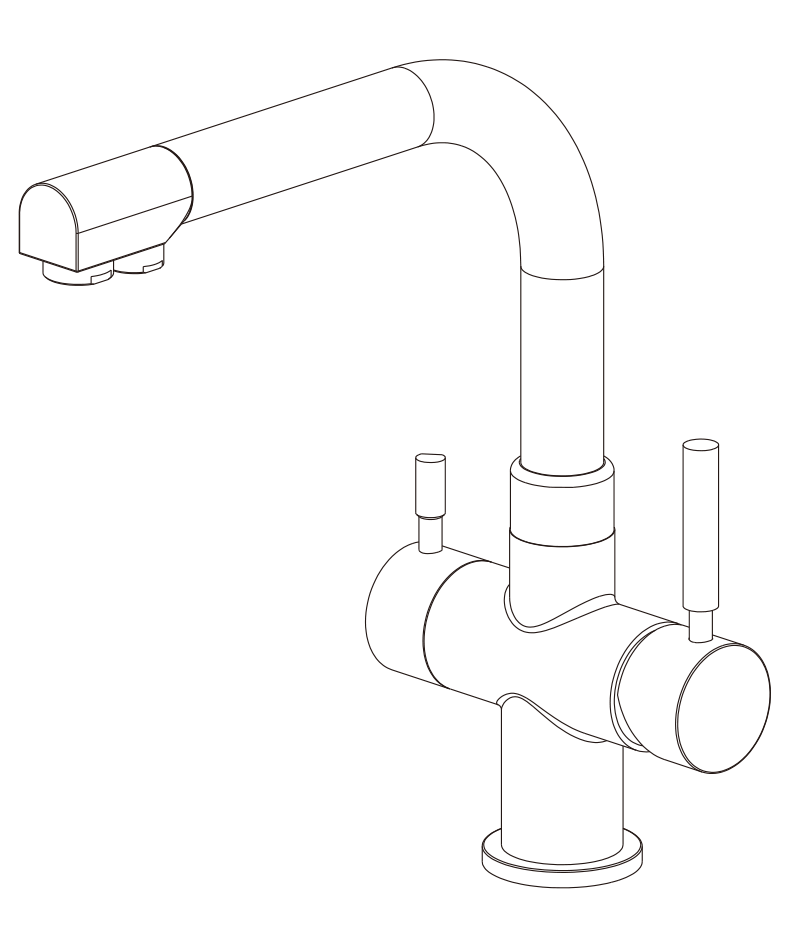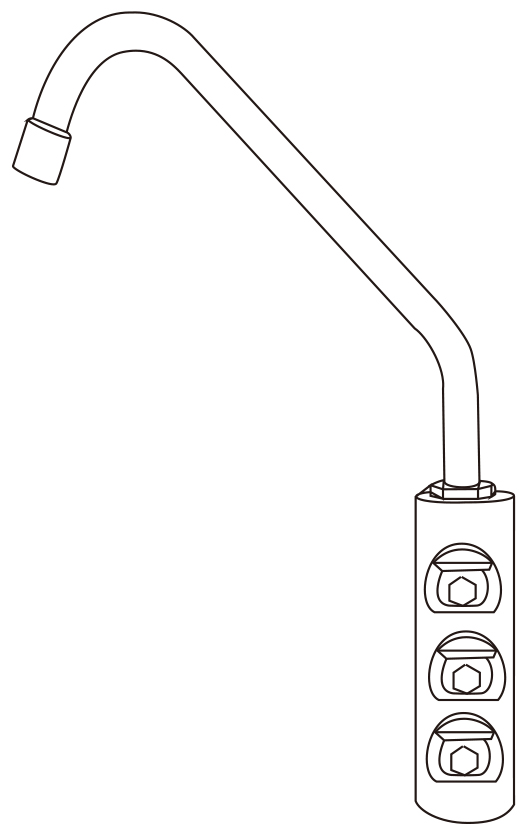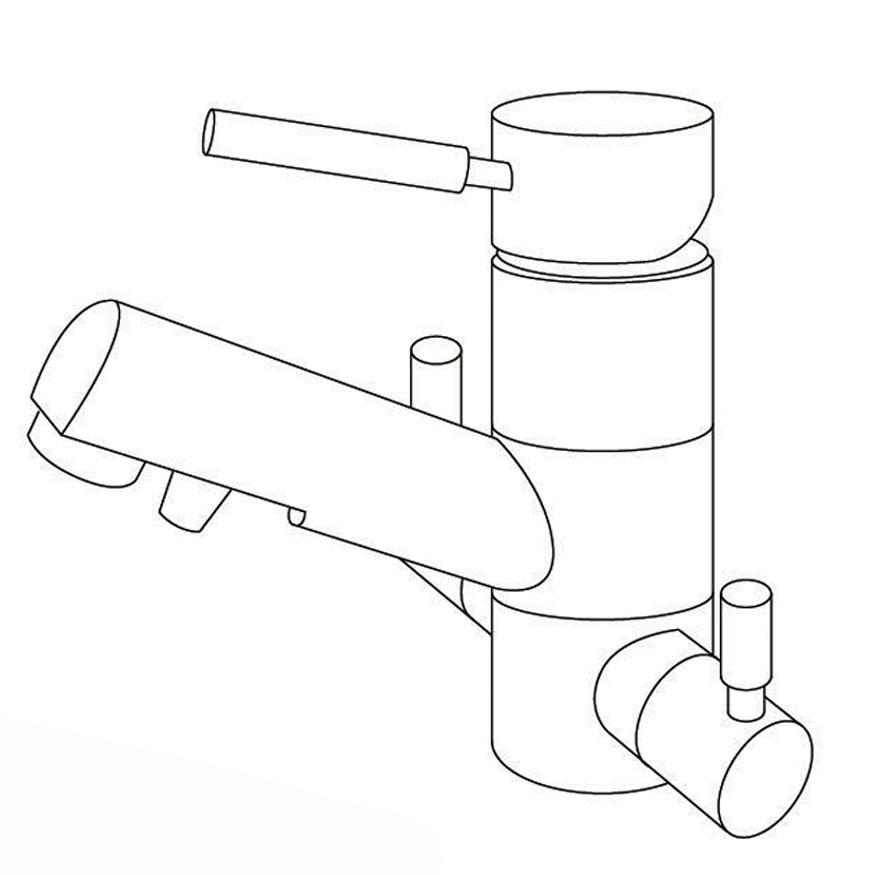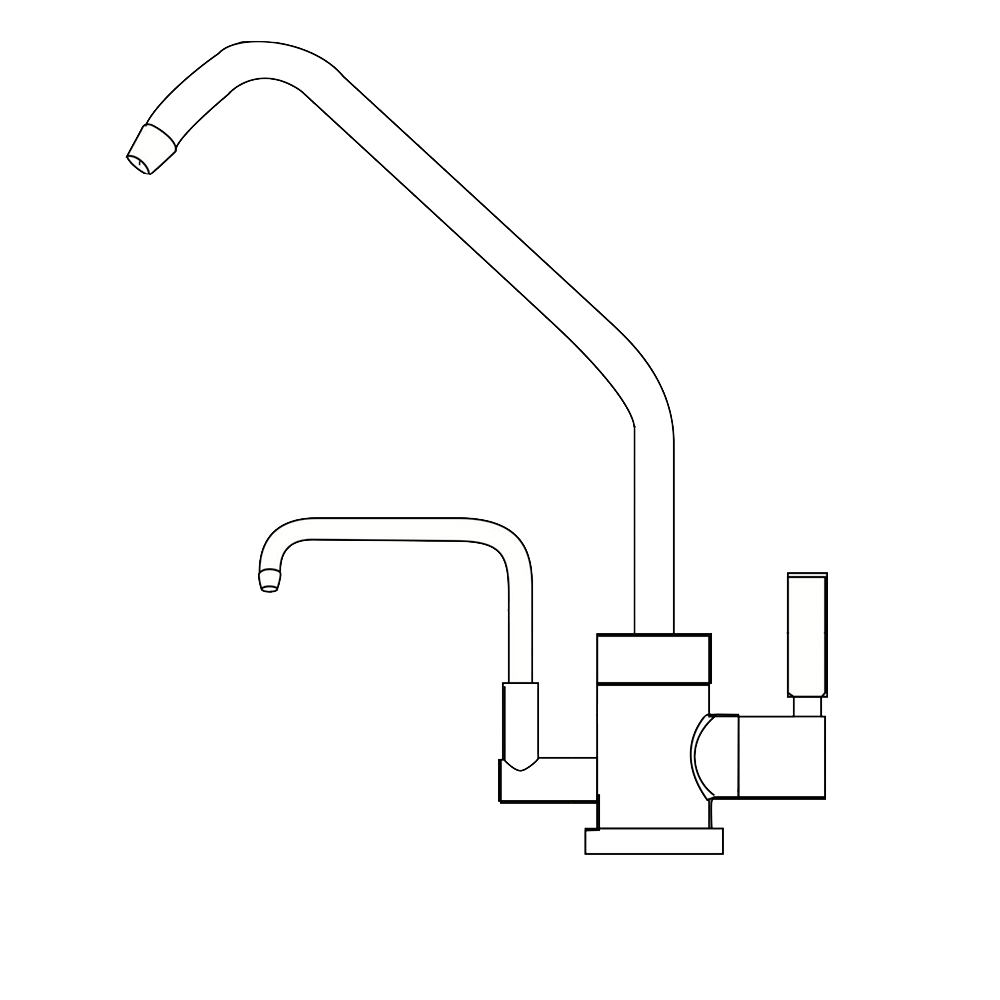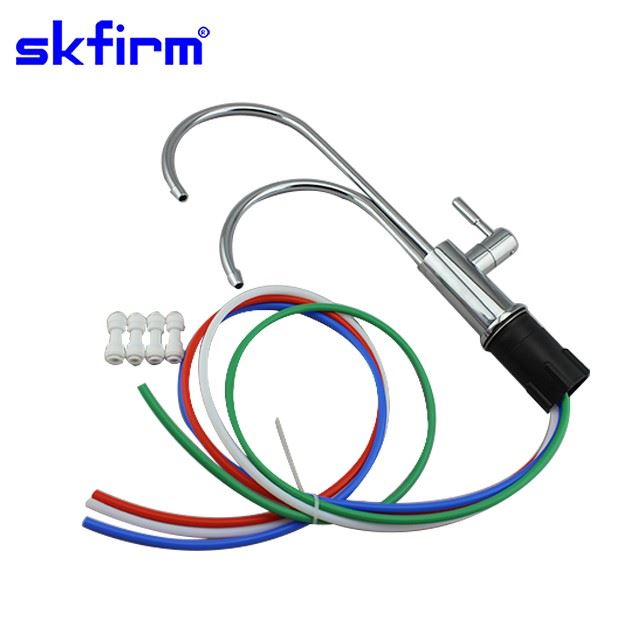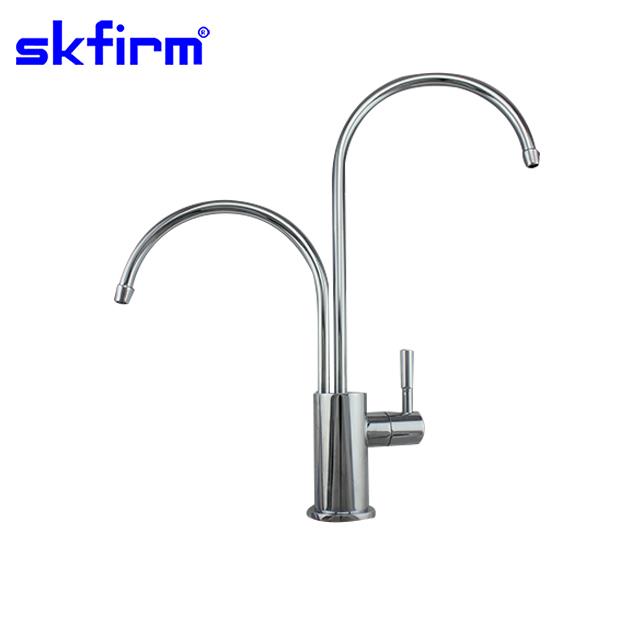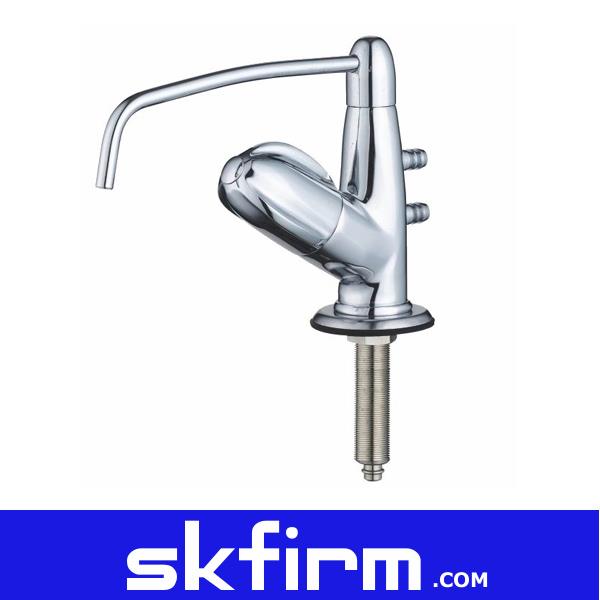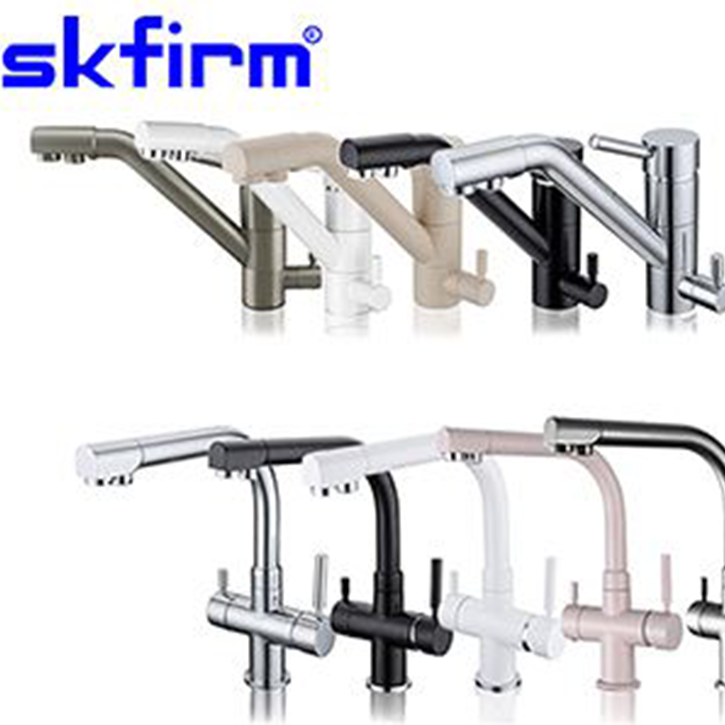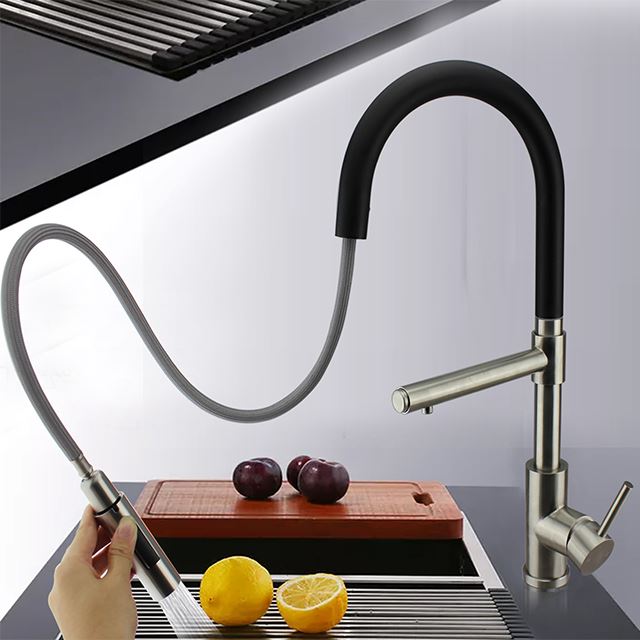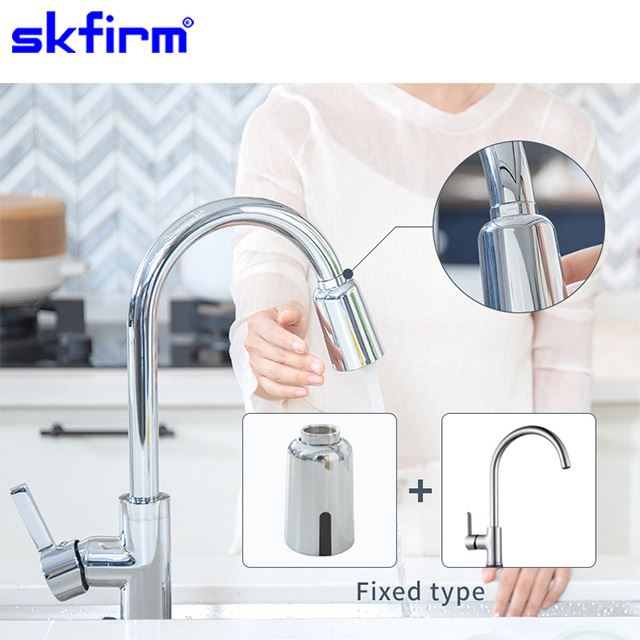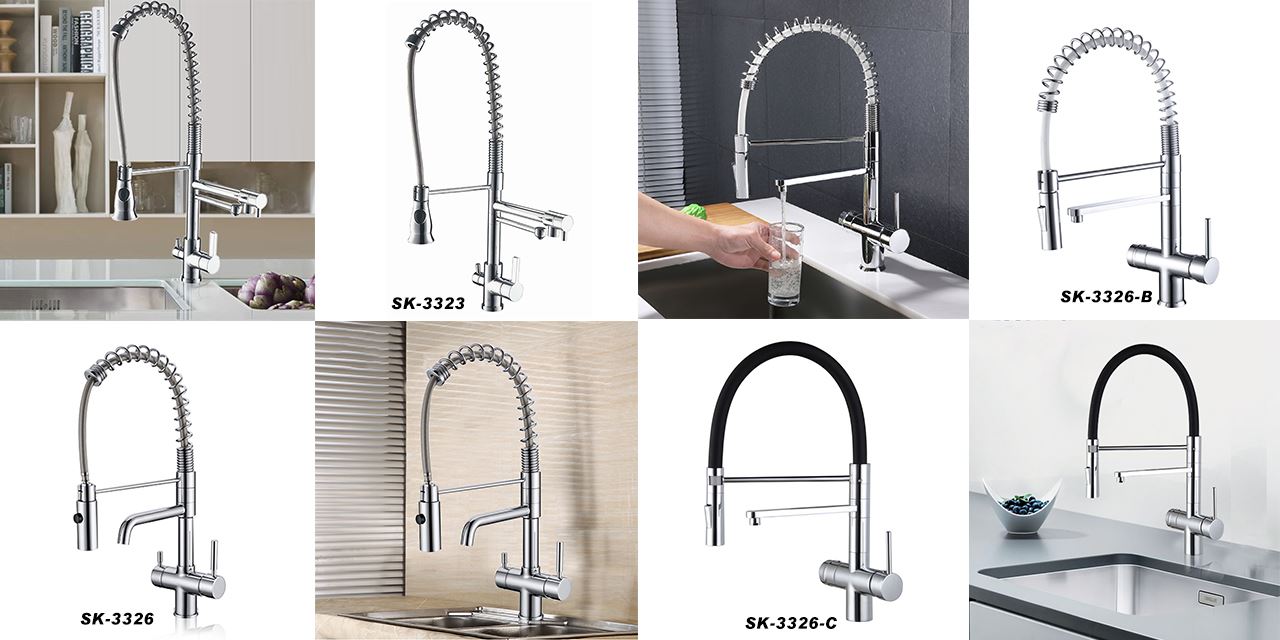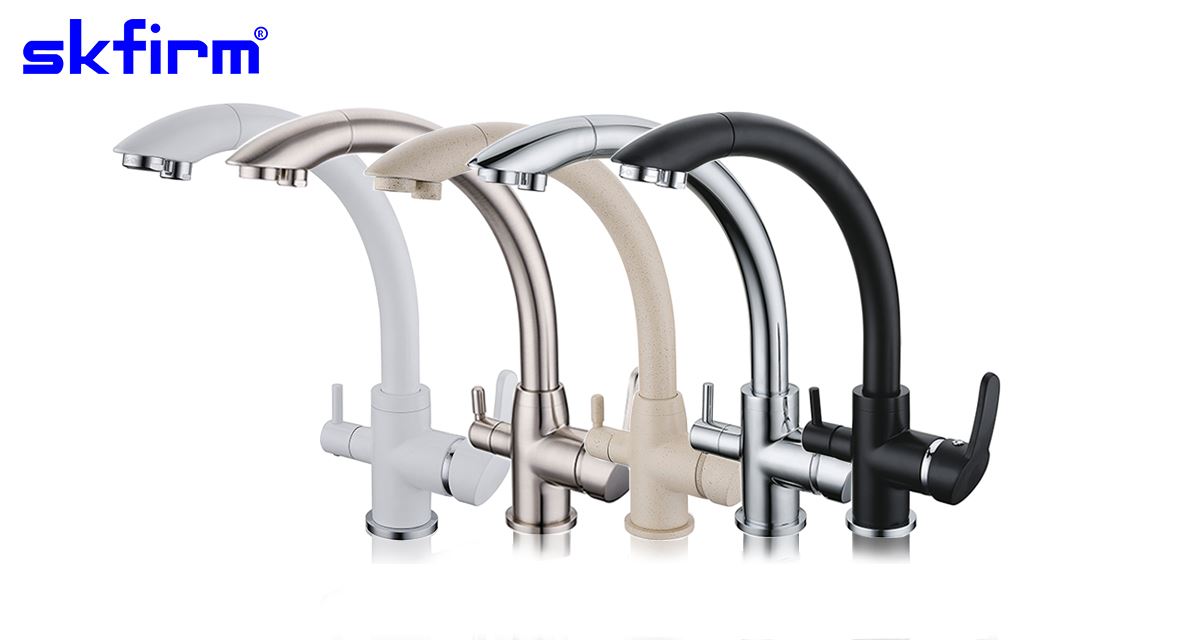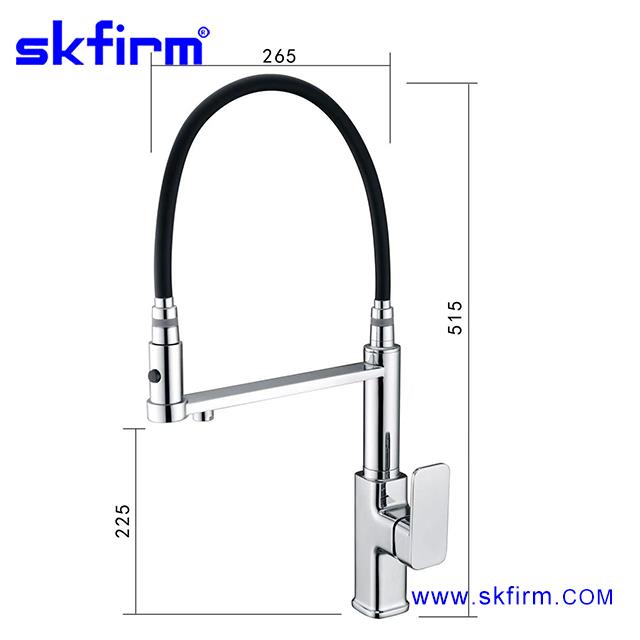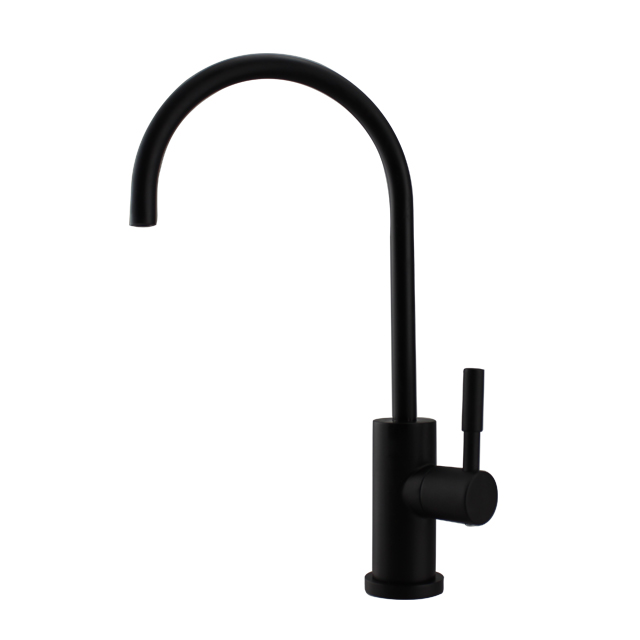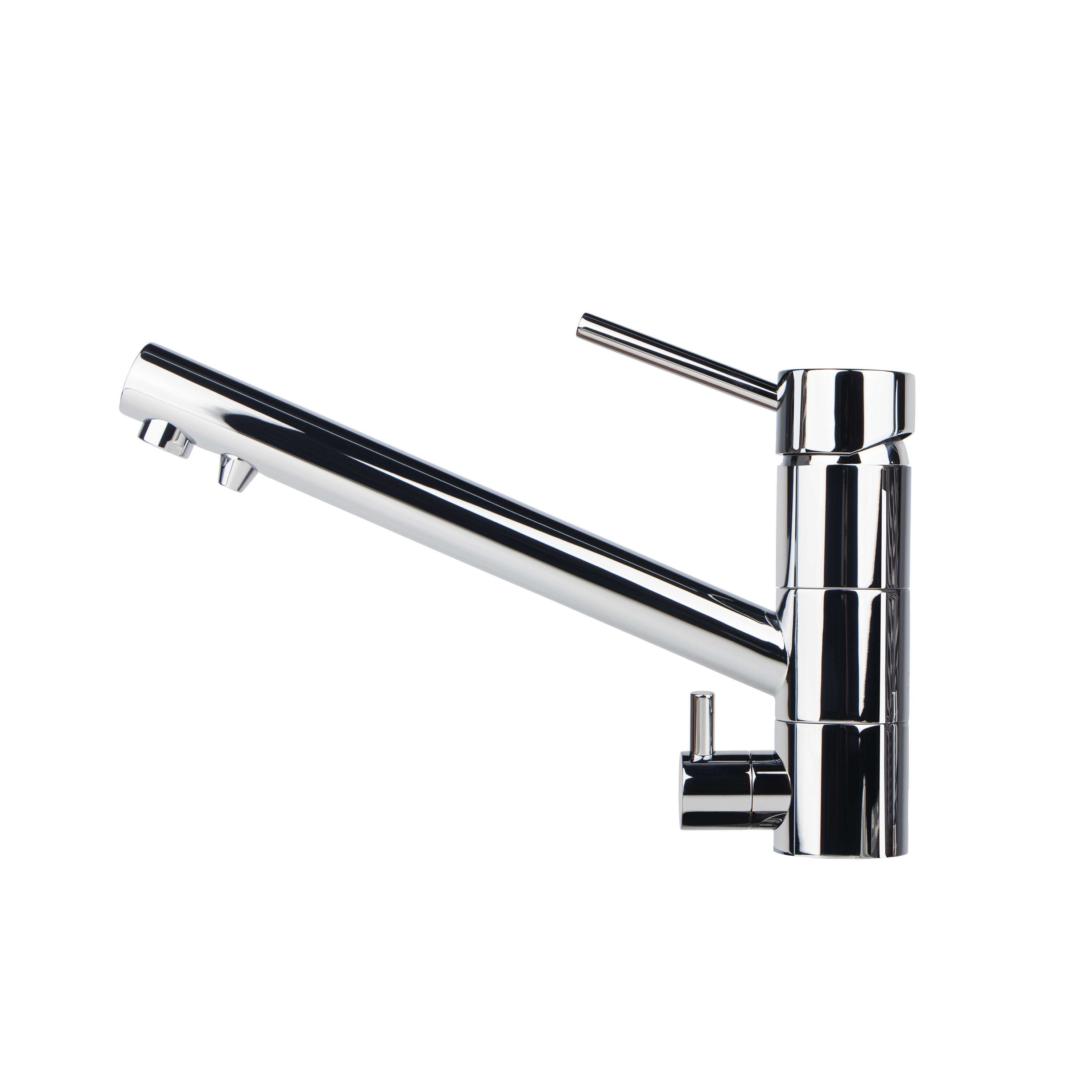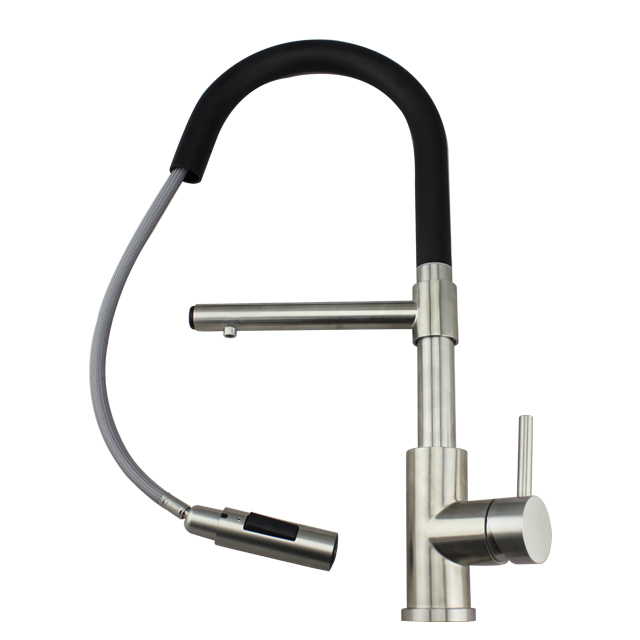In recent years, ionic faucets have grown in popularity for their ability to produce clean, refreshing water with several health and environmental benefits. But how do these devices actually work? In this article, we’ll explore the science behind ionizer faucet, the benefits of using them, and important maintenance tips.
Introduction
An ionic faucet is a water filtration system that uses an electrolysis chamber to produce ionized water. The process involves separating the incoming water into alkaline and acidic components through a series of filters and electrodes. The resulting water is thought to have many health benefits, such as increased hydration and antioxidant properties. Additionally, ionizer faucets can reduce plastic waste and provide an energy-efficient alternative to bottled water.
The working principle of the ionizer faucet
1. Water Filtration
Before the ionization process begins, the incoming water must be filtered to remove any impurities or contaminants. Most ionic faucets use a three-stage filtration system that includes a pre-filter, activated carbon filter, and sediment filter. These filters work together to remove a variety of pollutants from the water, including chlorine, lead, bacteria, and other harmful substances.
Prefilter
Prefilters typically remove larger particles in the water, such as sand or silt. Depending on the model, it may also contain additional layers to remove certain chemicals or minerals.
activated carbon filter
Activated carbon filters are often used in water filtration systems because they are effective at removing chlorine, pesticides, and other chemicals that affect the taste and odor of water. This filter also helps to extend the life of the next filter in the series (sediment filter).
sediment filter
The sediment filter is usually the final filtration stage before the water enters the electrolysis chamber. Its main function is to remove any residual particles or debris that may have passed through the previous filter.
2. Ionization process
Once the water is filtered, it goes to the electrolysis chamber where the ionization process takes place. The chamber contains positive and negative electrodes, which impart an electrical charge to the water as it flows through it. This creates a separation of the charged particles, resulting in alkaline and acidic water output.
Electrolyzer
The electrolytic chamber consists of two compartments separated by a membrane. One compartment contains positively charged electrodes, while the other contains negatively charged electrodes. As water passes through, the positive and negative charges cause the water molecules to split into hydrogen ions (H+) and hydroxide ions (OH-).
Positive and negative electrodes
The positive electrode attracts negatively charged hydroxide ions, producing alkaline water with a pH greater than 7. The negative electrode attracts positively charged hydrogen ions, producing acidic water with a pH of less than 7.
Ionized water output
The ionized water is then dispensed through individual nozzles on the tap. Most ionic faucets allow users to adjust the pH of the outgoing water depending on their preference for alkaline or acidic water.
3. pH adjustment
One of the benefits of using an ionizer faucet is the ability to adjust the pH of the outgoing water. Alkaline water is thought to have several health benefits, such as improving hydration and boosting antioxidant properties. On the other hand, acidic water can be used for cleaning and disinfection purposes.
alkaline water production
Most ionizer faucets offer a range of alkalinity levels, from mild to strong. The higher the alkalinity, the greater the potential health benefits. Alkaline water can help neutralize acids in the body, improve digestion, and enhance overall health.
acid water production
Acidic water can be used for cleaning, disinfection and sterilization. It is also considered good for skin and hair care. Some ionizer faucets offer varying degrees of acidity, from slightly acidic to strongly acidic.
The benefits of using ionic faucets
A. to improve water quality
Ionizer taps are designed to remove various pollutants and impurities from incoming water. This ensures that the output water is clean, fresh tasting and free from harmful substances. By using ionic taps, consumers can be confident that they are drinking high-quality water that has been filtered to the desired purity.
B. Health benefits
One of the main reasons people choose to use negative ion faucets is for their health. Alkaline water in particular is considered to have several advantages over regular tap water. Some potential health benefits of using an ionizer tap include:
Antioxidant Properties
This can help neutralize free radicals in the body. Free radicals are unstable molecules that damage cells and cause aging and disease. Antioxidants help prevent this damage and may reduce the risk of chronic diseases such as cancer, heart disease and Alzheimer’s.
Benefits of Hydration
Ionized water is believed to have a smaller molecular structure than regular tap water, making it easier for the body to absorb and utilize. This can lead to better hydration, which is essential for maintaining healthy bodily functions.
potential disease prevention
Some research suggests that drinking alkaline water may help prevent certain diseases or conditions, such as acid reflux, osteoporosis, and high blood pressure. However, more research is needed to confirm these findings and determine the optimal pH level for maximum health benefits.
C. Environmental benefits
Using ionic faucets can also have a positive impact on the environment. By reducing the need for bottled water, consumers can significantly reduce plastic waste and carbon emissions associated with shipping and manufacturing. Additionally, ionic faucets are generally designed to use less energy than traditional water filtration systems, making them a more sustainable option for homeowners.
Maintenance and maintenance of ion faucets
To ensure optimal performance and longevity of your ionic faucet, it is important to follow recommended maintenance procedures. Some key considerations include:
A. Filter replacement
Filters in ionic faucets should be changed regularly to maintain water quality and prevent clogging. The frequency of changing the filter depends on the usage and quality of the incoming water. Most manufacturers recommend changing the filter every 6-12 months.
B. Cleaning procedures
Regular cleaning of the faucet and its components can prevent the build-up of minerals or other contaminants. It is recommended to clean the tap with a mild detergent and warm water, and to use a descaling solution regularly to remove any stubborn buildup.
C. Suggestions for regular maintenance
In addition to changing and cleaning filters, there are several additional steps homeowners can take to ensure their ionic faucets stay in good shape. This may include periodically flushing the system with vinegar or another solution, checking hoses and fittings for leaks or damage, and following any specific instructions provided by the manufacturer.
Conclusion
All in all, the ionizer faucet offers a convenient and efficient way to produce clean, fresh water with potential health and environmental benefits. Understanding how these devices work and how to maintain them properly is critical to ensuring optimal performance and longevity. By using ionic water taps, consumers can enjoy high-quality water that has been filtered to the desired purity, with the added benefit of potentially improving their overall health and reducing their impact on the environment.
Related Products

